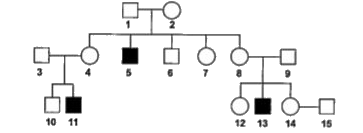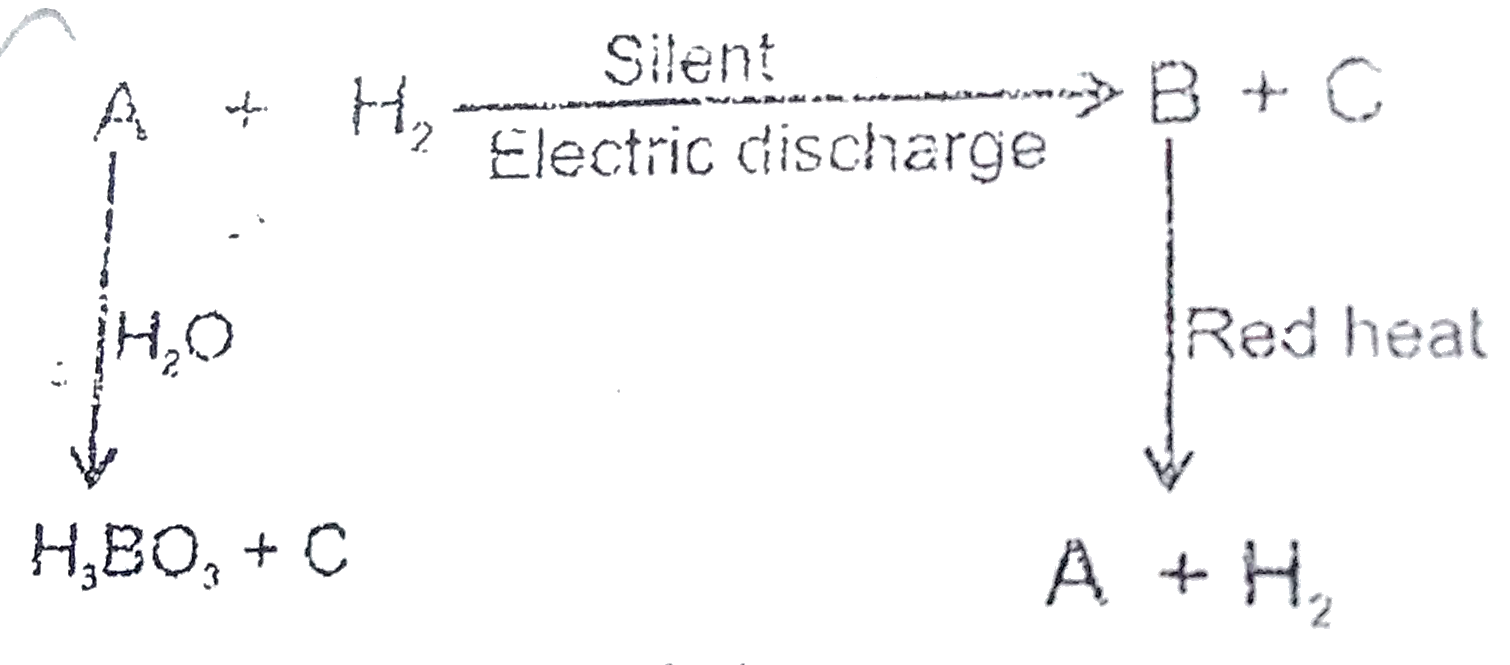Identify the correct statement.
Plaster of Paris can be obtained by hydeation of gypsum
Plaster of Paris is obtained by partial oxidation of gypsum
Gypsum contains a lower percentage of calcium than Plaster of Paris
Gypsum is obtained by heating Plaster of Paris
The correct Answer is:C
To solve the question of identifying the correct statement regarding plaster of Paris and gypsum, we will analyze each option step by step.
Step 1: Understand the Compounds
- Gypsum is chemically represented as CaSO4⋅2H2O.
- Plaster of Paris (POP) is represented as CaSO4⋅12H2O or CaSO4⋅0.5H2O.
Step 2: Analyze Each Statement
1. Option 1: "Plaster of Paris can be obtained by the hydration of gypsum."
- Analysis: This statement is incorrect. Plaster of Paris is obtained by the dehydration of gypsum when it is heated, not by hydration.
2. Option 2: "Plaster of Paris is obtained by partial oxidation of gypsum."
- Analysis: This statement is also incorrect. Plaster of Paris is not formed through oxidation; it is formed through dehydration.
3. Option 3: "Gypsum contains a lower percentage of calcium than plaster of Paris."
- Analysis:
- In gypsum CaSO4⋅2H2O, there is 1 mole of calcium.
- In plaster of Paris CaSO4⋅12H2O, there is also 1 mole of calcium.
- However, the percentage of calcium in plaster of Paris is higher because it has less water content compared to gypsum.
- Thus, this statement is correct.
4. Option 4: "Gypsum is obtained by heating plaster of Paris."
- Analysis: This statement is incorrect. Gypsum cannot be obtained by heating plaster of Paris; rather, plaster of Paris is obtained by heating gypsum.
Conclusion
After analyzing all the options, the correct statement is:
- Option 3: "Gypsum contains a lower percentage of calcium than plaster of Paris."
- Gypsum is chemically represented as CaSO4⋅2H2O.
- Plaster of Paris (POP) is represented as CaSO4⋅12H2O or CaSO4⋅0.5H2O.
1. Option 1: "Plaster of Paris can be obtained by the hydration of gypsum."
- Analysis: This statement is incorrect. Plaster of Paris is obtained by the dehydration of gypsum when it is heated, not by hydration.
- Analysis: This statement is also incorrect. Plaster of Paris is not formed through oxidation; it is formed through dehydration.
- Analysis:
- In gypsum CaSO4⋅2H2O, there is 1 mole of calcium.
- In plaster of Paris CaSO4⋅12H2O, there is also 1 mole of calcium.
- However, the percentage of calcium in plaster of Paris is higher because it has less water content compared to gypsum.
- Thus, this statement is correct.
- Analysis: This statement is incorrect. Gypsum cannot be obtained by heating plaster of Paris; rather, plaster of Paris is obtained by heating gypsum.
After analyzing all the options, the correct statement is:
- Option 3: "Gypsum contains a lower percentage of calcium than plaster of Paris."
Topper's Solved these Questions
- ALCOHOLS, PHENOLS AND ETHERSBOOK - AAKASH INSTITUTE ENGLISHCHAPTER - ALCOHOLS, PHENOLS AND ETHERSEXERCISE - Try yourself
5 Videos
- ALCOHOLS, PHENOLS AND ETHERSBOOK - AAKASH INSTITUTE ENGLISHCHAPTER - ALCOHOLS, PHENOLS AND ETHERSEXERCISE - Exercise
40 Videos
- ALCOHOLS, PHENOLS AND ETHERS BOOK - AAKASH INSTITUTE ENGLISHCHAPTER - ALCOHOLS, PHENOLS AND ETHERS EXERCISE - Try Yourself
5 Videos
Similar Questions
Knowledge Check
The pedigree chart given below represents the pattern of inheritance of haemophilia in a family. Study it carefully and answer the following questions:

Identify the correct statement with respect to member '4':AHe is a carrier maleBShe is a carrier femaleCHe is haemophilicDShe is a homozygous femaleConsider a Py orbital of an atom and identify correct statement
As-orbital of another atom produces π-bond when y is the bond formation axisBpy-orbital of another atom produces σ-bond when x is the bond formation axis.Cpz-orbital of another atom produces π-bond when x is the bond formation axis.Ddxy-orbital of another atom produces π-bond when x is the bond formation axis

